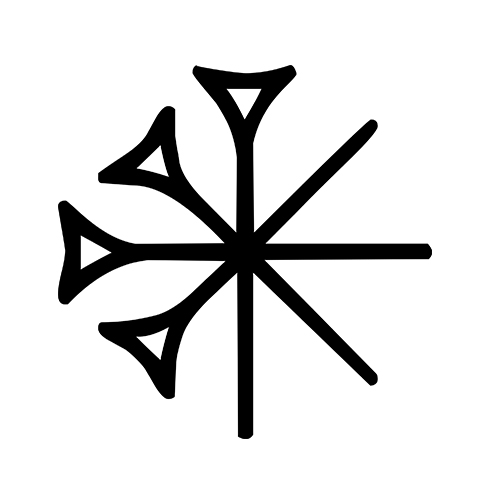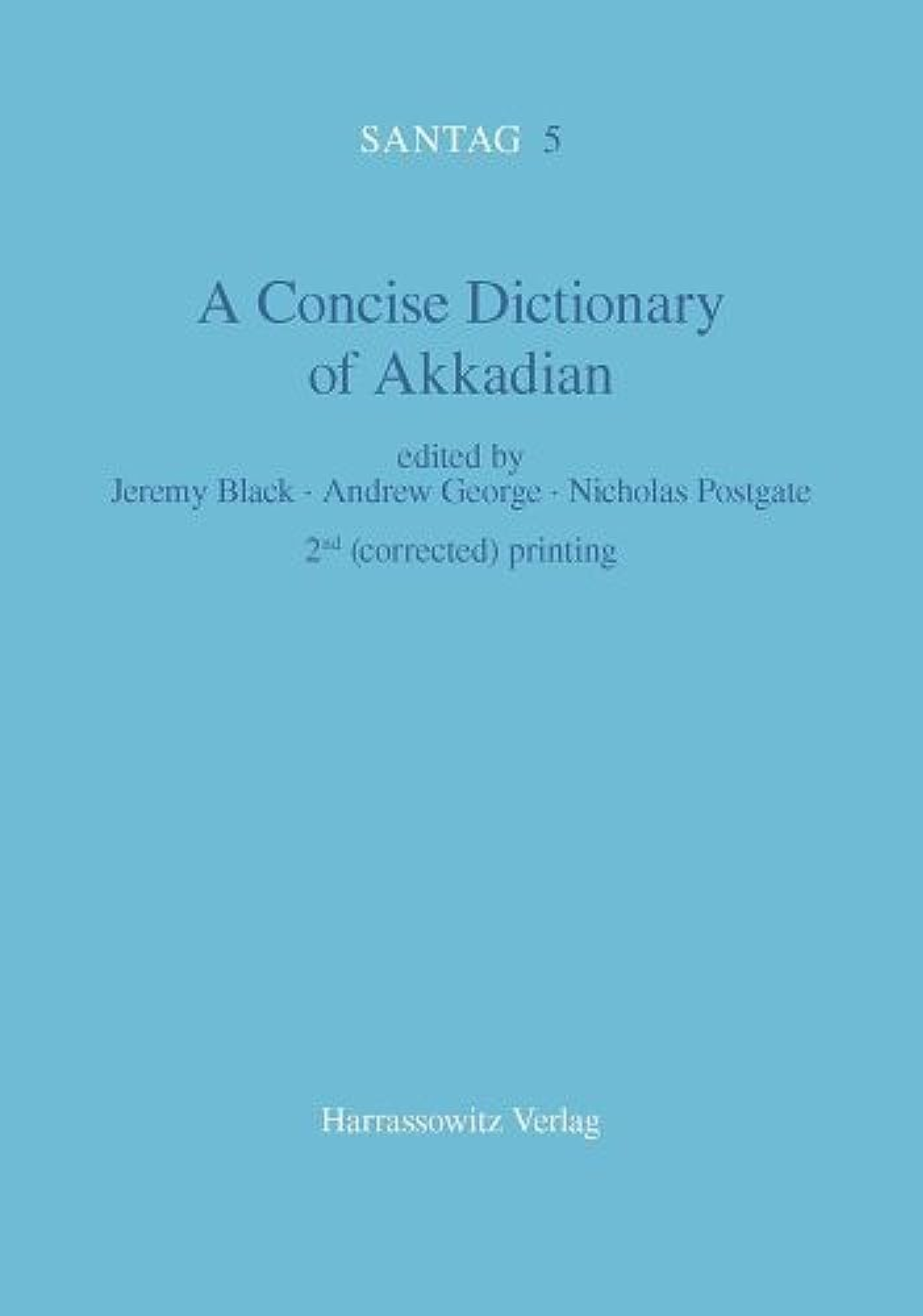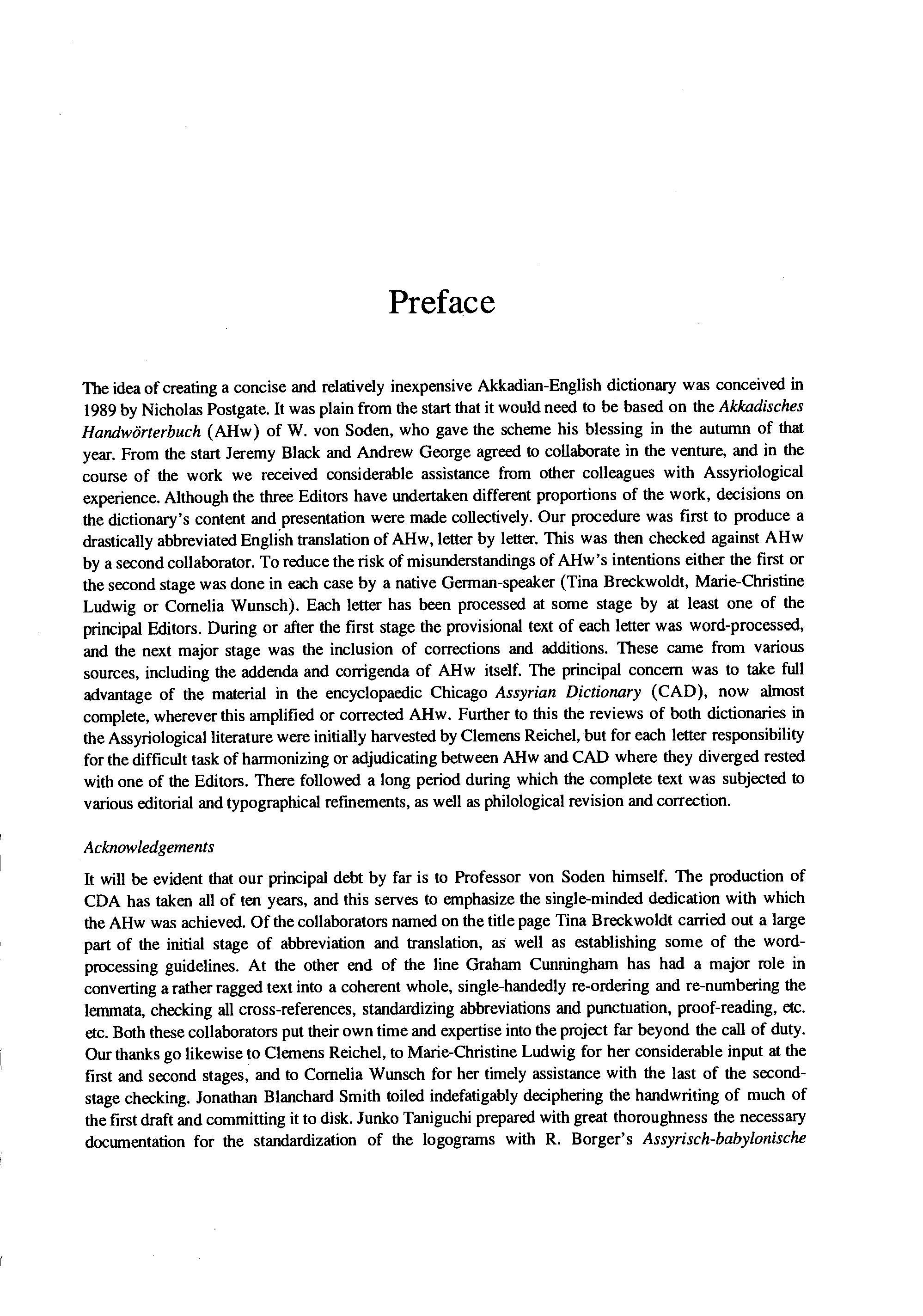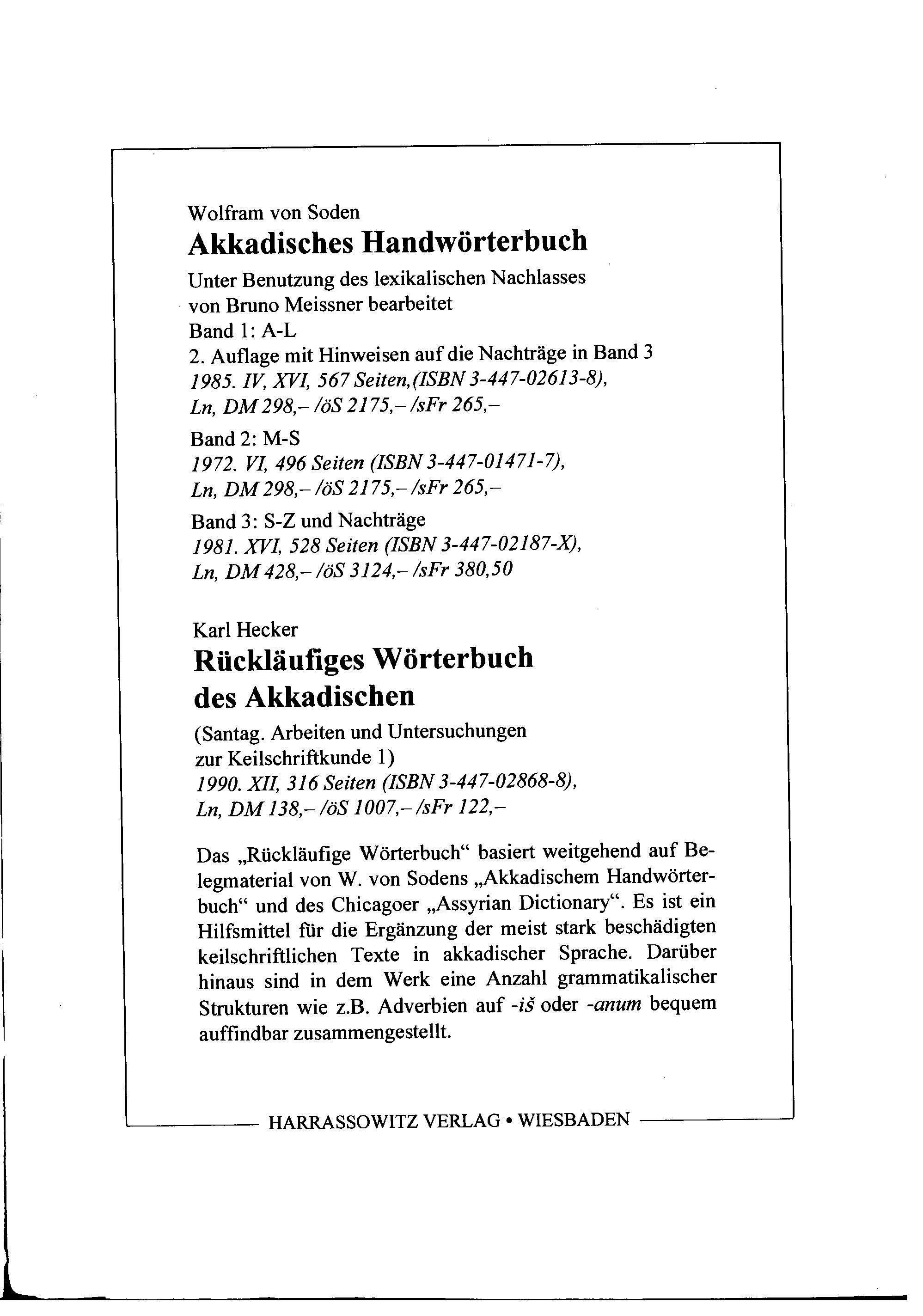About
The Concise Dictionary of Akkadian by Black and George resembles in both its title and efficiency what Raymond Faulkner did in his Concise Dictionary of Middle Egyptian. Their dictionary of Akkadian provides sufficient detail for each entry. Serious students of Akkadian may find it useful via the time saved from looking entries up in the CAD.
Source: OMNIKA
Akkadian, comprising the Babylonian, Assyrian[,] and Old Akkadian dialects, is the earliest known Semitic language, attested from the middle of the 3rd mille[n]nium B.C. until the time of Christ. It was widely adopted in the ancient Near East as a written vehicle for scholarship, literature, legal and diplomatic affairs. It is the language of the Epic of Gilgamesh, the Code of Hammurapi, the inscriptions of the kings of Assyria and Babylonia[,] and countless legal and administrative documents. A Concise Dictionary of Akkadian has been prepared for the convenience of students and scholars on the basis of Wolfram von Soden[']s Akkadisches Handwörterbuch updated with reference to the Chicago Assyrian Dictionary and other sources. It aims to include all certainly attested words with variant forms, dialect and period logographic writings[,] and English meanings (but not textual citations). A list of roots assists in tracking down the right entries. [D]istributed by Syndetic Solutions, LLC. (Brackets "[ ]" indicate redactions made by OMNIKA Foundation contributors 😶.).
Source: Author or Publisher
expand_more Read more Read less
Access
Read for free
External sources
Primary
Belief system
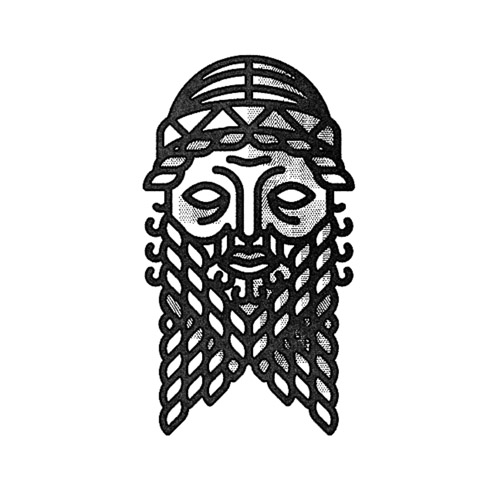
Akkadian refers to a culture that emerged in Mesopotamia during the third millennium BCE. The belief system included many deities, most of whom were later diffused into Sumerian, Babylonian, and Assyrian culture.
Myths cited
Belief systems cited
Artifacts cited
Contributor
Cite this work
ChicagoBlack, Jeremy, Andrew George, and Nicholas Postgate, eds. A Concise Dictionary of Akkadian. 2ed. Wiesbaden, Germany: Harrassowitz Verlag, 2000.

